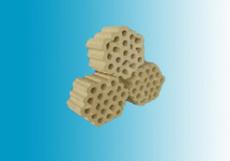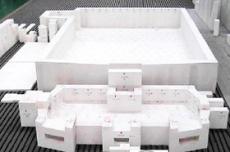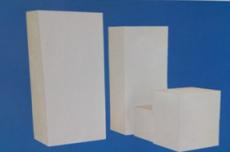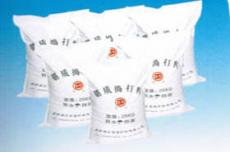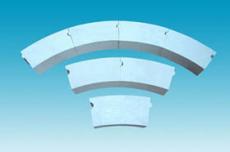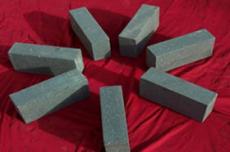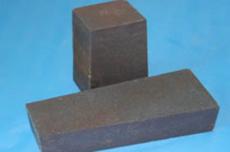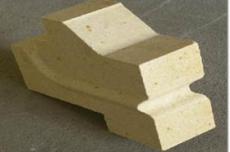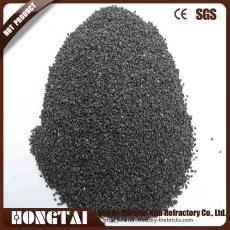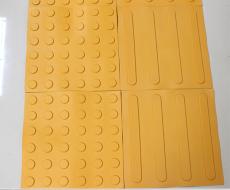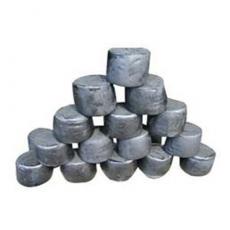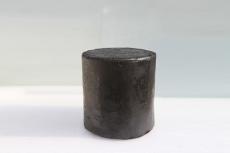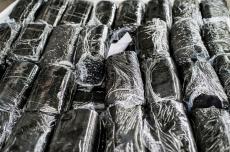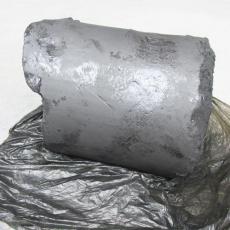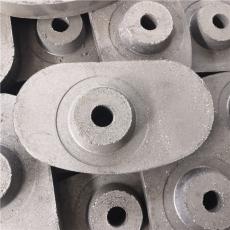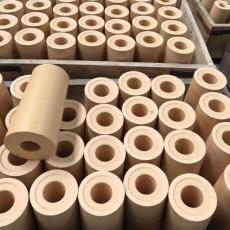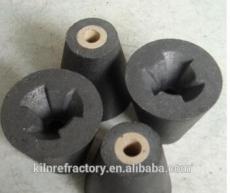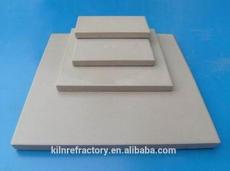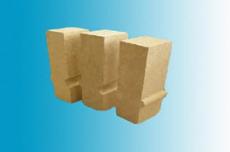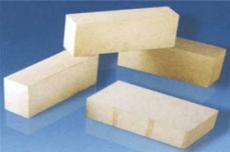
The selection of insulation thickness of aluminum silicate fiber module is mainly based on its application environment, temperature requirements and energy-saving and thermal insulation effect. The following is some experience summary on the insulation thickness of aluminum silicate fiber module:
1. Basis for selection of insulation thickness
01 Application environment temperature:
High temperature section: Usually the total insulation thickness is selected between 300~350mm.
Medium temperature section: The total insulation thickness is selected between 250~300mm.
Low temperature section: The total insulation thickness is selected between 200~250mm.
These thickness ranges can provide good energy-saving and thermal insulation effects, ensuring stable operation of equipment at different temperatures.
02 Equipment type and structure:
Equipment such as furnace wall panels and flues may require thicker insulation layers to ensure that heat is not lost; slender structures such as pipes may require tighter insulation layers to reduce heat loss.
03 Energy saving and environmental protection requirements:
Thicker insulation layers can provide better insulation effects and reduce energy consumption; considering environmental protection factors, insulation materials with longer service life and lower maintenance costs should be selected.
2. Construction experience of insulation thickness
01 Layered construction:
For thicker insulation layers, layered construction can be used, and each layer can be fixed with appropriate connectors and curing agents; layered construction can ensure the uniformity and stability of the insulation layer and improve the insulation effect.
02 Compression and fixation:
The aluminum silicate fiber module needs to be properly compressed during installation to ensure that it fits tightly to the surface of the equipment; use high-temperature resistant anchors and connectors to fix the insulation layer on the surface of the equipment to prevent it from falling off or shifting.
03 Sealing and protection:
After the insulation layer is constructed, the gaps and interfaces need to be sealed to prevent heat from being lost through the gaps. If needed, a protective layer can be added to the outside of the insulation layer, such as a metal outer sheath or a composite aluminum silicate smearing surface, to improve its durability and service life.
3. Precautions
01. Material selection:
Select aluminum silicate fiber module materials with excellent fire resistance and thermal insulation properties. Ensure that the chemical composition and physical properties of the material meet the design requirements.
02. Construction quality:
Strictly follow the construction specifications to ensure the uniformity and tightness of the insulation layer. Strictly control the quality during the construction process to ensure that the insulation effect meets the expectations.
03. Maintenance and inspection:
Regularly inspect and maintain the insulation layer to ensure that it is in good condition. If the insulation layer is found to be damaged or detached, it should be repaired or replaced in time.
The selection of the insulation thickness of the aluminum silicate fiber module is a process that comprehensively considers multiple factors. By reasonably selecting the insulation thickness, adopting scientific construction methods, and paying attention to maintenance and inspection, it can be ensured that the aluminum silicate fiber module plays a good energy-saving and insulation effect in actual application.
